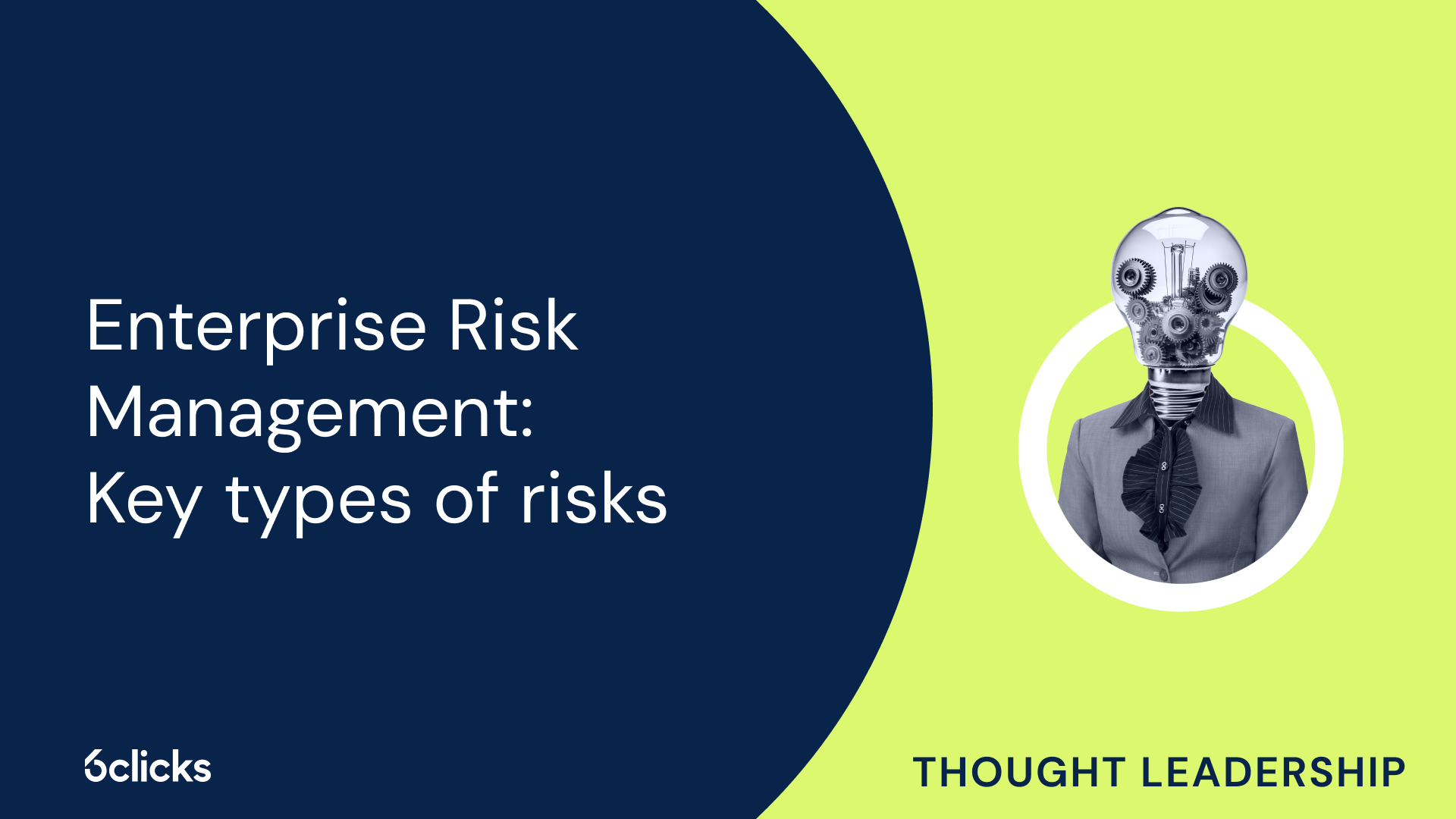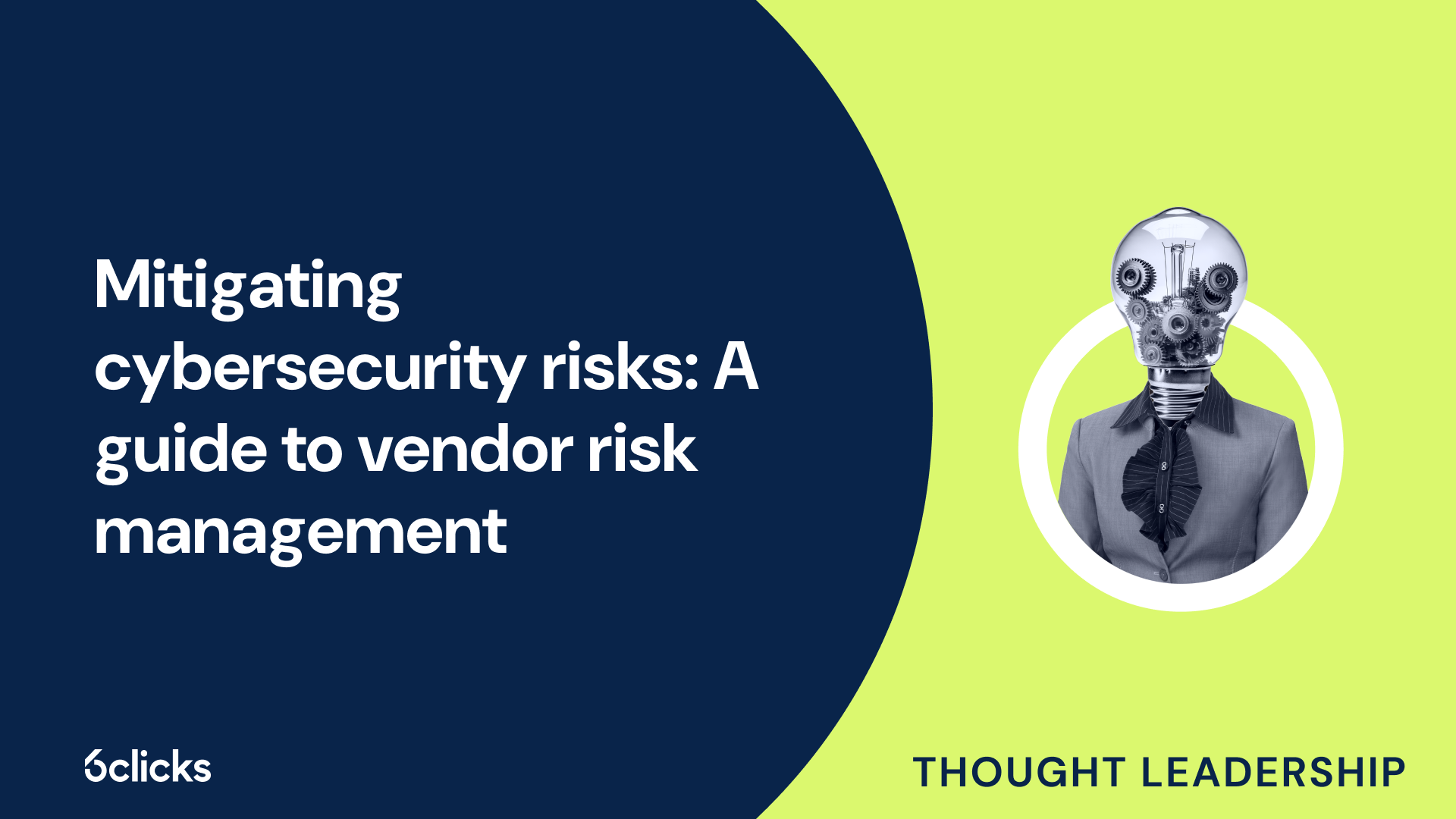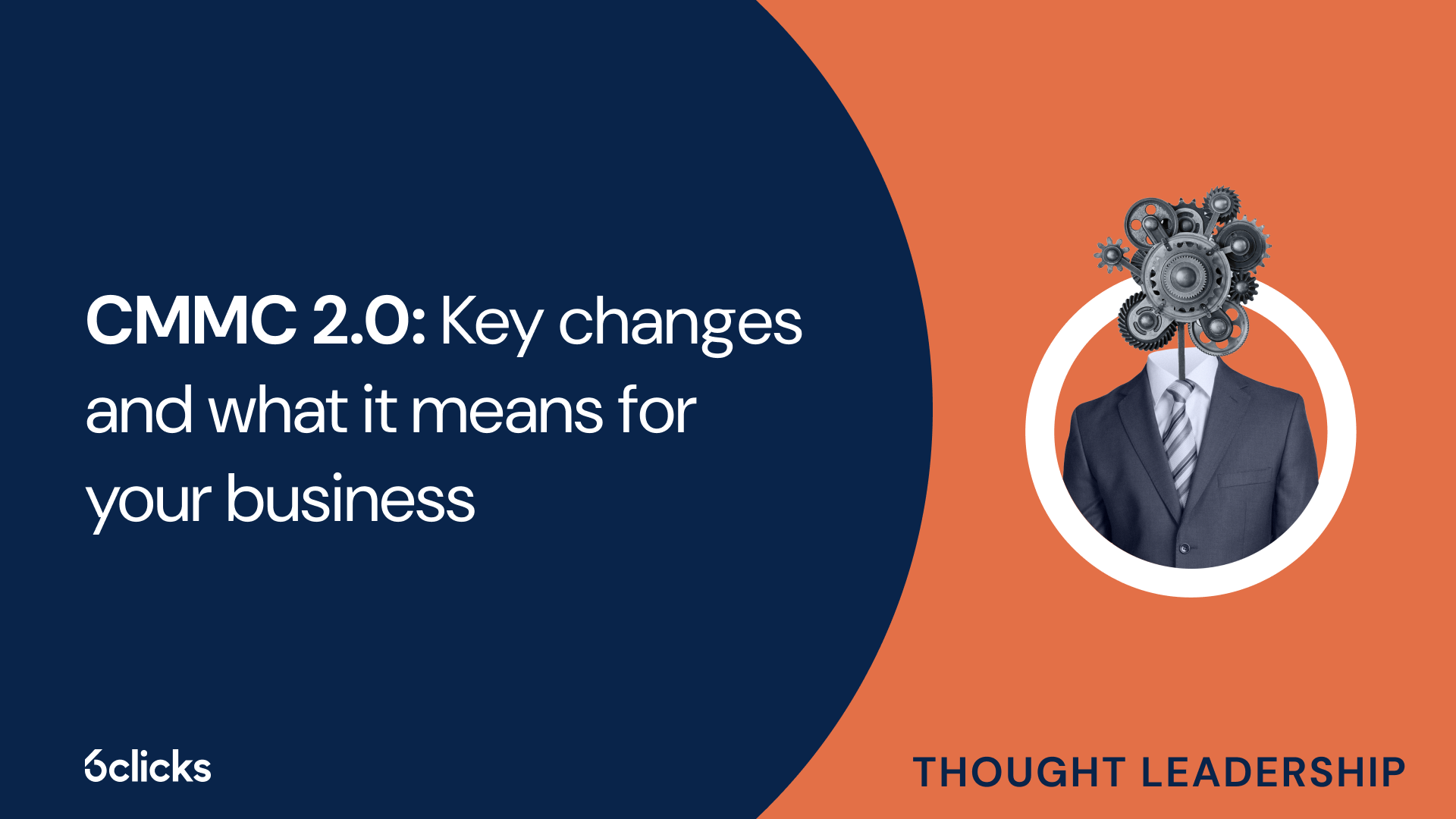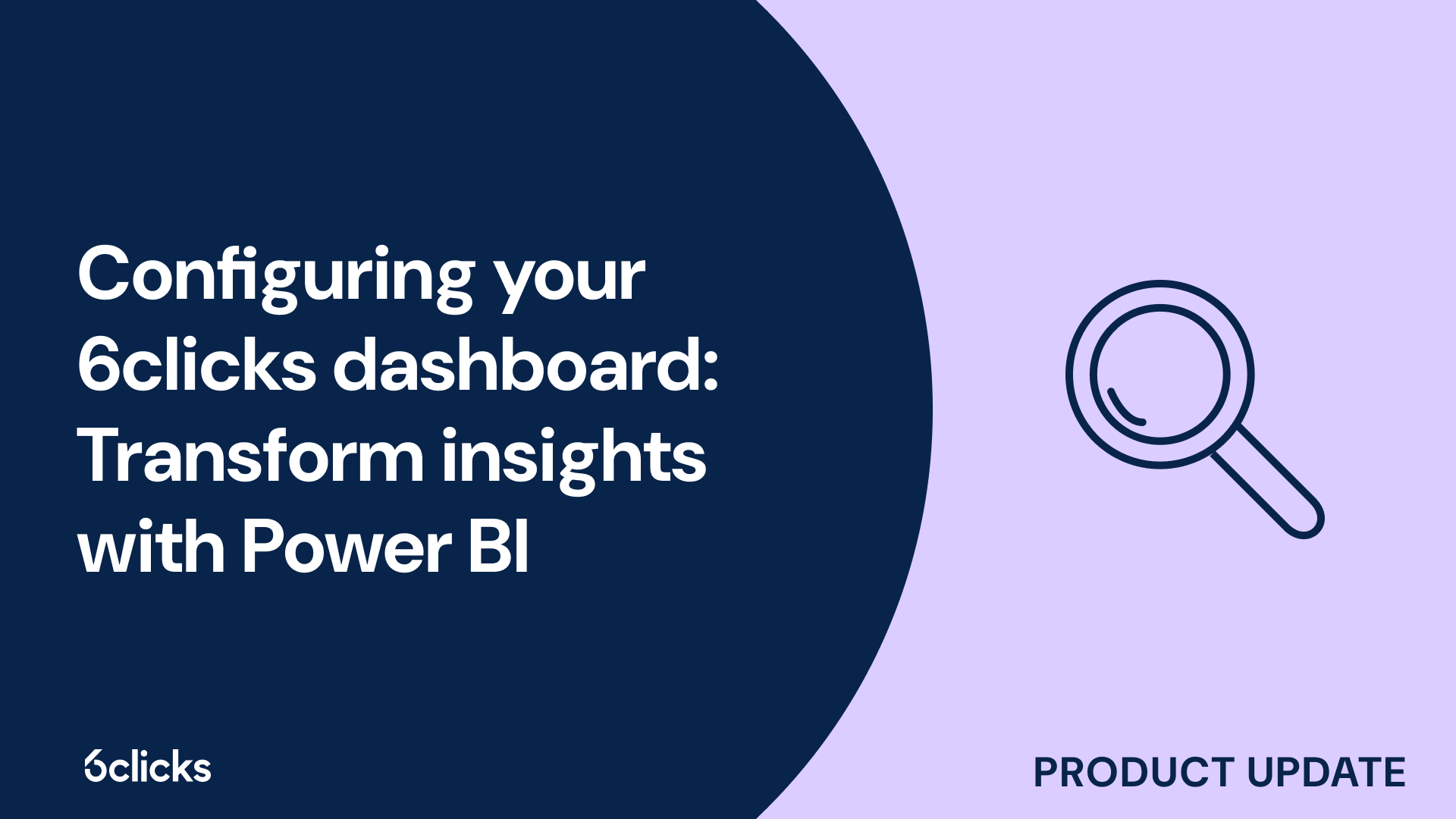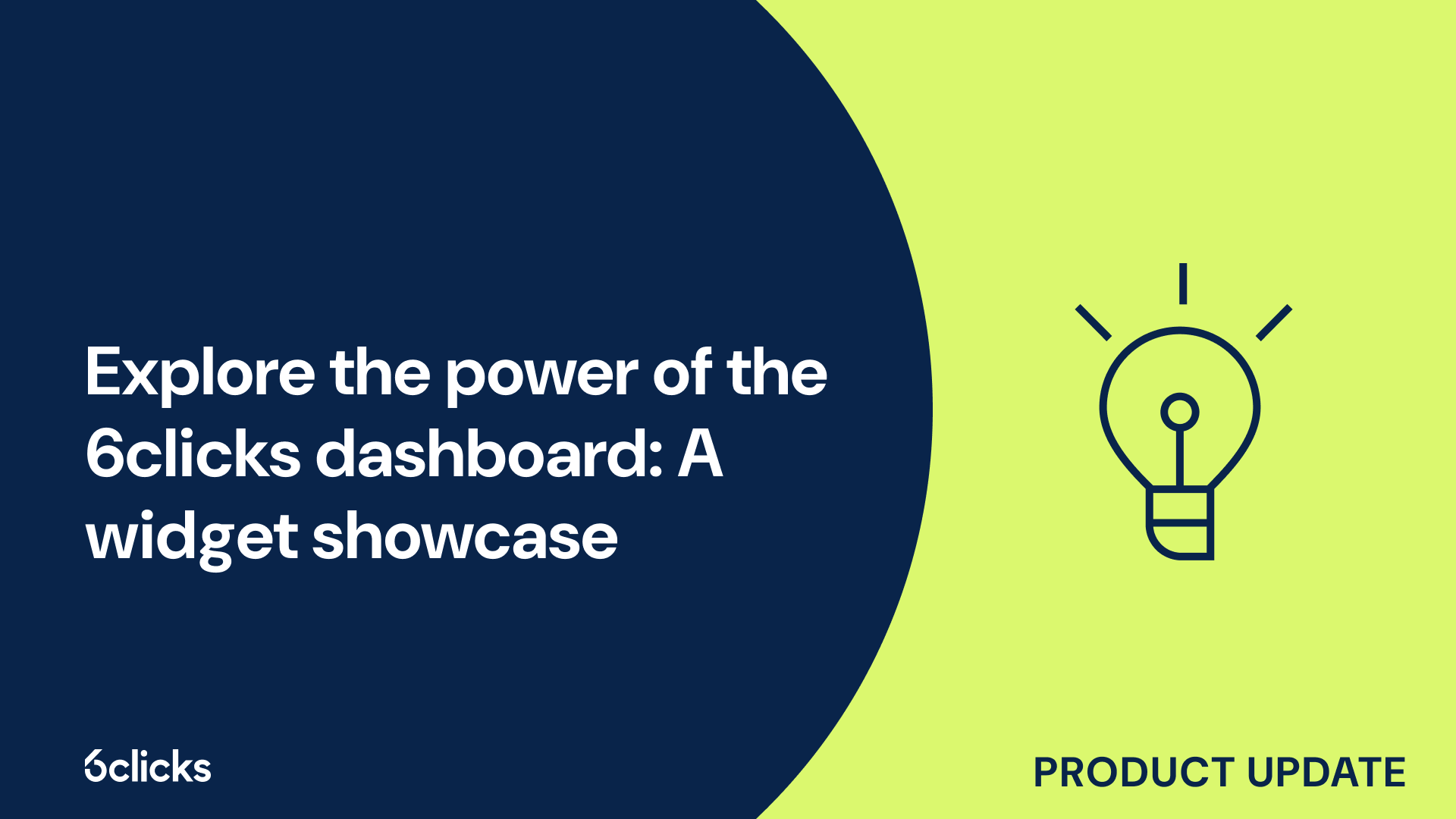What is SOC 2 compliance?
-1.png?width=314&height=391&name=Group%20193%20(1)-1.png)
What is SOC 2 compliance?
Definition of SOC 2 compliance
SOC 2 compliance refers to the process by which service organizations demonstrate their commitment to security and privacy practices in accordance with the Trust Services Criteria (TSC). The TSC are a set of professional standards developed by the American Institute of Certified Public Accountants (AICPA) to evaluate the controls in place at a service organization. These controls are divided into five categories: security, availability, processing integrity, confidentiality, and privacy. SOC 2 compliance ensures that a service organization has implemented proper measures to protect customer data from unauthorized access, disclosure, and alteration. It also validates that the organization's internal controls and processes are in place to maintain the security, availability, and confidentiality of its systems and services. SOC 2 compliance is often required by businesses when selecting service providers to ensure that they meet the necessary security and privacy requirements.
Overview of trust services criteria
Trust Services Criteria (TSC) are a set of principles that service organizations must adhere to when undergoing a SOC 2 compliance audit. These criteria act as a framework for evaluating the design and effectiveness of controls related to security, availability, processing integrity, confidentiality, and privacy.
Service organizations must first conduct a risk assessment to identify potential risks and determine which categories of the TSC are most relevant to their business and their clients. By selecting specific categories to cover, service organizations can focus their efforts on mitigating risks that are most significant to their operations.
The five trust services categories covered by SOC 2 compliance are:
- Security: This category focuses on the protection of information and systems from unauthorized access, disclosure, and modification. It assesses the control environment, security measures, policies, and practices implemented by the service organization.
- Availability: This category ensures that a service organization's systems and services are available and accessible as agreed upon with its customers. It evaluates the measures in place to prevent and respond to service interruptions or disruptions.
- Processing Integrity: This category centers on the accuracy, completeness, and timeliness of processing and recording transactions. It examines controls related to data validation, error handling, and system outputs accuracy.
- Confidentiality: This category addresses the protection of confidential information throughout its lifecycle. It assesses controls related to data classification, access controls, encryption, and data handling procedures.
- Privacy: This category focuses on the collection, use, retention, disclosure, and disposal of personal information. It evaluates the controls implemented to comply with privacy standards, such as notice and choice, collection limitation, use limitation, and accountability.
By meeting the trust services criteria in these five categories, service organizations can demonstrate their commitment to security, privacy, and the overall trustworthiness of their operations. SOC 2 compliance provides assurance to clients and potential customers that the service organization has undergone a thorough assessment of its control environment and has implemented necessary safeguards.
What is the purpose of SOC 2 compliance?
The purpose of SOC 2 compliance is to provide assurance to service organizations and their clients that the organization has implemented sufficient controls to ensure the security, availability, processing integrity, confidentiality, and privacy of their systems and data. SOC 2 compliance is based on a set of trust services criteria, which serve as a framework for evaluating the design and effectiveness of controls in these areas. By undergoing a SOC 2 compliance audit, service organizations can demonstrate their commitment to security and privacy principles, and provide assurance to their clients that their systems and data are being protected. SOC 2 compliance also enables service organizations to identify potential risks and develop risk mitigation strategies, ultimately enhancing their overall security posture. By achieving SOC 2 compliance, service organizations can gain a competitive edge and attract potential customers who value the security and privacy of their data.
Benefits for organizations and business partners
SOC 2 compliance offers numerous benefits for organizations and their business partners. By implementing SOC 2 practices, organizations demonstrate their commitment to security and build trust with their customers. This assurance of security is particularly crucial for technology service organizations that handle sensitive customer data.
One of the main advantages of SOC 2 compliance is the long-term success it brings to the business. SOC 2 assessments require the implementation of robust internal controls and security measures that protect customer information from unauthorized access and disclosure. These practices not only meet compliance requirements but also enhance the organization's overall security posture.
For organizations and their business partners, SOC 2 compliance provides peace of mind knowing that the service provider has undergone a thorough compliance audit. This audit report, issued by an external auditor, demonstrates the organization's adherence to the trust services criteria outlined in the SOC 2 framework.
There are two types of SOC 2 audits: Type 1 and Type 2. While a Type 1 audit assesses the design and implementation of controls at a specific point in time, a Type 2 audit goes beyond and evaluates the effectiveness of these controls over a period of time. The advantage of a Type 2 audit is that it provides a more comprehensive assessment of the organization's security practices and their ability to sustain them.
In summary, SOC 2 compliance offers organizations and their business partners the benefits of long-term success, customer information security, and trust. By undergoing a SOC 2 audit, technology service organizations can demonstrate their commitment to security and build confidence with potential customers and business partners.
Enhancing security measures to meet compliance requirements
Meeting SOC 2 compliance requirements is vital for organizations to protect customer information from unauthorized access, disclosure, and damage. To achieve SOC 2 compliance, organizations must enhance their security measures and continuously evaluate and improve their security controls.
Reviewing security controls is a crucial step in ensuring compliance. Organizations need to identify vulnerabilities and gaps in their security posture and make the necessary changes to address them. This includes regularly assessing and updating access controls, encryption methods, and data protection policies.
Implementing strong network security measures is also essential. Utilizing firewalls can help safeguard against unauthorized access and prevent potential security breaches. Firewalls monitor and control incoming and outgoing network traffic, ensuring that only authorized users can access sensitive information.
Additionally, organizations should consider implementing two-factor authentication (2FA). 2FA adds an extra layer of security by requiring users to provide two forms of identification, typically a password and a unique code sent to a registered device, before granting access to systems or data. This significantly reduces the risk of unauthorized access by adding an additional layer of verification.
By implementing these strategies, organizations can enhance their security measures to meet SOC 2 compliance requirements. Regularly reviewing security controls, utilizing firewalls, and implementing two-factor authentication will help protect sensitive information, prevent unauthorized access and disclosure, and maintain compliance with SOC 2 standards.
Types of SOC 2 reports
SOC 2 reports are issued by external auditors and provide valuable insights into an organization's security practices and controls. These reports help organizations demonstrate their commitment to security and compliance to potential customers, business partners, and regulators. There are two main types of SOC 2 reports: Type 1 and Type 2.
A Type 1 report evaluates the design of an organization's controls at a specific point in time. It verifies whether the organization has implemented the necessary security controls and procedures to meet the SOC 2 criteria. This report provides an overview of the organization's control environment and serves as a snapshot of its security posture.
On the other hand, a Type 2 report goes beyond the design of controls and examines their effectiveness over a period of time, typically six to twelve months. This report not only verifies the existence of controls but also assesses their operational effectiveness. It evaluates how well the controls have been implemented and whether they are operating as intended. A Type 2 report provides a more comprehensive understanding of an organization's security practices and their ability to protect customer information.
Both Type 1 and Type 2 reports are valuable for organizations seeking to demonstrate their compliance with SOC 2 requirements and provide assurance to stakeholders. These reports enable organizations to showcase their commitment to security and provide evidence of their ongoing efforts to protect sensitive information.
Type 1 Report: system and suitability for service organization's control
A Type 1 Report is an essential assessment for service organizations to demonstrate the system and suitability of their controls. It evaluates the design and implementation of controls at a specific point in time, providing valuable insights into the organization's security practices.
The Type 1 Report is based on the Trust Services Criteria, which is a set of principles and criteria developed by the AICPA (American Institute of Certified Public Accountants) as part of their SOC (Service Organization Control) suite of services. These criteria address various aspects of security, availability, processing integrity, confidentiality, and privacy.
By undergoing a Type 1 assessment, service organizations can showcase their commitment to security, as well as their ability to meet the Trust Services Criteria requirements. This report serves as evidence that the organization has put in place appropriate controls to protect customer data and ensure the integrity of their systems.
Type 2 Report: system and suitability for service organization's control over a period of time
The Type 2 Report in SOC 2 compliance provides a comprehensive assessment of a service organization's control system and suitability over a period of time. Unlike the Type 1 Report, which provides a snapshot of controls at a specific point in time, the Type 2 Report evaluates the effectiveness of controls over a specified period, usually at least six months.
This report provides detailed information and assurance about the controls implemented at a service organization. It examines various aspects such as security, availability, processing integrity, confidentiality, and privacy. By evaluating these areas of control over a period of time, the Type 2 Report offers a more in-depth analysis of a service organization's ability to meet the Trust Services Criteria requirements.
The Type 2 Report assesses the design and operating effectiveness of controls, providing valuable insights into the continuity and sustainability of the control environment. It offers a more holistic view of the service organization's control system, allowing potential customers and business partners to have confidence in the organization's commitment to security and the integrity of their systems.
Service organizations that obtain a Type 2 Report demonstrate their dedication to maintaining a strong control system throughout the specified period. This report serves as evidence of the organization's ongoing efforts to protect customer data and meet compliance requirements, giving stakeholders peace of mind regarding the organization's security practices.
The five principles of SOC 2 compliance
The five principles of SOC 2 compliance are security, availability, processing integrity, confidentiality, and privacy. These principles are used as guidelines to evaluate and assess the controls implemented by a service organization. The security principle focuses on protecting against unauthorized access, both physical and logical, to the systems and data of the service organization. The availability principle ensures that the services provided by the organization are continuously available and accessible to users. Processing integrity verifies that the system processes are complete, accurate, timely, and authorized. Confidentiality ensures that information designated as confidential is protected from unauthorized disclosure. Lastly, the privacy principle addresses the organization's collection, use, retention, and disclosure of personal information in accordance with applicable privacy standards and regulations. By adhering to these principles, service organizations can demonstrate their commitment to maintaining a secure and trustworthy environment for their customers and stakeholders.
Security principle
The security principle is a crucial aspect of SOC 2 compliance, focusing on protecting information and systems against unauthorized access, disclosure, and damage. This principle ensures that the necessary controls are in place to maintain the availability, integrity, and confidentiality of data.
To enhance security measures, organizations implement diverse elements. One such element is firewalls, which act as a barrier between internal systems and external networks, preventing unauthorized access. Firewalls analyze network traffic and enforce access control policies, adding an additional layer of protection.
Another essential element is two-factor authentication (2FA). This security measure requires users to provide two separate forms of identification before granting access to systems or data. By combining something the user knows (such as a password) with something they possess (such as a smartphone), 2FA significantly reduces the risk of unauthorized access.
Implementing these security measures and other controls ensures a robust security posture. By adhering to the security principle, organizations can mitigate the potential risks of unauthorized access or disclosure, minimizing the potential for damage to systems and maintaining the confidentiality, integrity, and availability of information.



